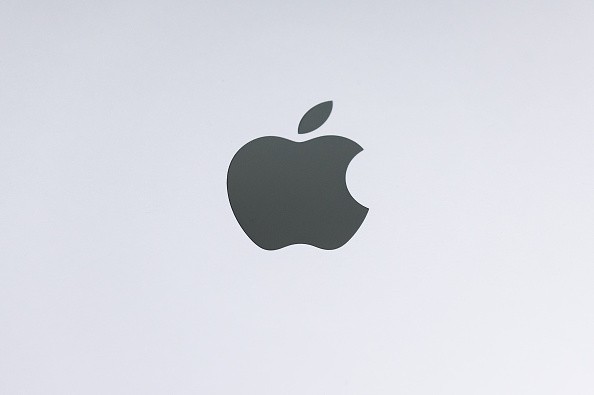Apple still isn't really clear about its stance on user right-to-repair, it seems.

That's because it's been found that doing a simple DIY screen replacement on an iPhone 13 will allegedly brick FaceID, writes The Verge.
The reason this happens is that Apple put a tiny microcontroller on the original screen used on the iPhone 13. And the only way to get FaceID working again on a new, non-Apple-official screen is to move the said microcontroller by micro soldering it.
Replacing a broken screen used to be pretty simple for any Apple iPhone, but not for the iPhone 13. Now, third-party repair shops and even DIYers will have a hard time doing what used to be a straightforward fix.
The FaceID bricking issue was first detailed by the repair company iFixit, which is known for selling DIY repair kits.
In an article, iFixit states that the issue has been repeatedly confirmed by their multiple lab tests, all of which were conducted on the iOS 15 and iOS 15.1 builds.
To be able to perform the fix and bypass Apple's so-called "repair trap" (as iFixit calls it), DIYers and repair shops will now have to use a microscope.
Back in September, reports that replacing the screen on iPhone 13s will brick FaceID first surfaced, but nobody really knew how the problem worked. That is until the iFixit teardown revealed the microscopic culprit.
This issue is the latest concerning Apple's apparent continued resistance to user right-to-repair. Various reports have alleged that the Big Tech company has repeatedly worked to prevent these right-to-repair laws from being passed, according to MacRumors.
As such, people with broken screens on their iPhone 13s have no choice but to go to Apple directly to have their devices repaired.
Apple has so far declined to comment on the issue at the time of this writing.
Read Also : Apple Co-Founder Steve Wozniak Weighs In on Right-to-Repair Policy, 'It's Time To Do The Right Thing'
How Does This Apple 'Repair Trap' Work, Exactly?
The aforementioned microcontroller on the original iPhone 13 screen seems to be "paired" to the device itself, according to MacRumors.
For third-party repairs to have the official tools to be able to fix this problem, they'll have to apply to become members of the Apple Independent Repair Program (IRP).
However, it's been alleged that Apple's IRP contains "invasive" terms and conditions, as per the original The Verge report. As such, many independent repair shops aren't too keen on joining the program.
A YouTube video details just how impossible this repair trap makes it for DIYers to repair their new-generation iPhone on their own:
Users Are Left With Not A Lot Of Choice
With this issue, iPhone 13 owners are left with no choice but to go directly to Apple for authorized repairs. The only problem is that these repairs can be expensive, leading people to spend way more money than they want to.
Aside from this, people are now more or less forced to get AppleCare for their devices, which can drive costs even higher. That is, however, unless people know specific repair shops which are equipped to deal with the problem.
Related Article : [LOOK] iPhone 13 Pro Max Has Insane Charging Power That Apple Hasn't Mentioned Before | Hidden Feature to See
This article is owned by Tech Times
Written by RJ Pierce
![Apple Watch Series 10 [GPS 42mm]](https://d.techtimes.com/en/full/453899/apple-watch-series-10-gps-42mm.jpg?w=184&h=103&f=9fb3c2ea2db928c663d1d2eadbcb3e52)



